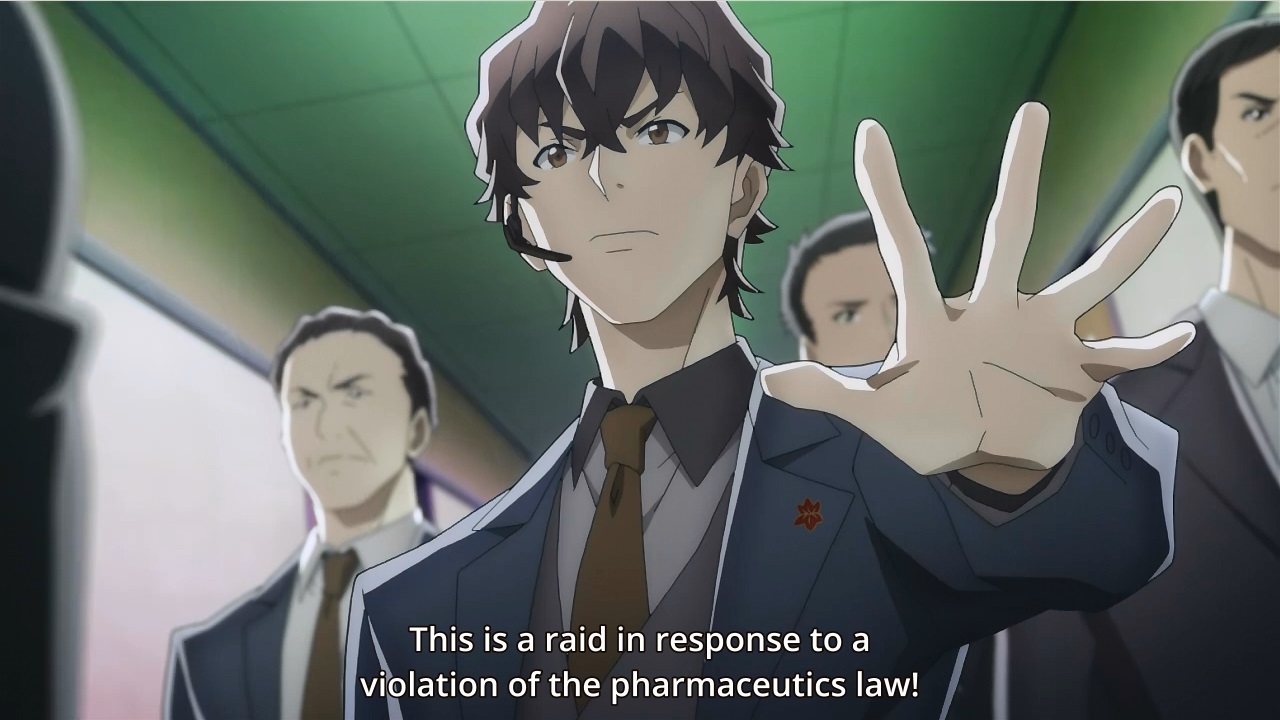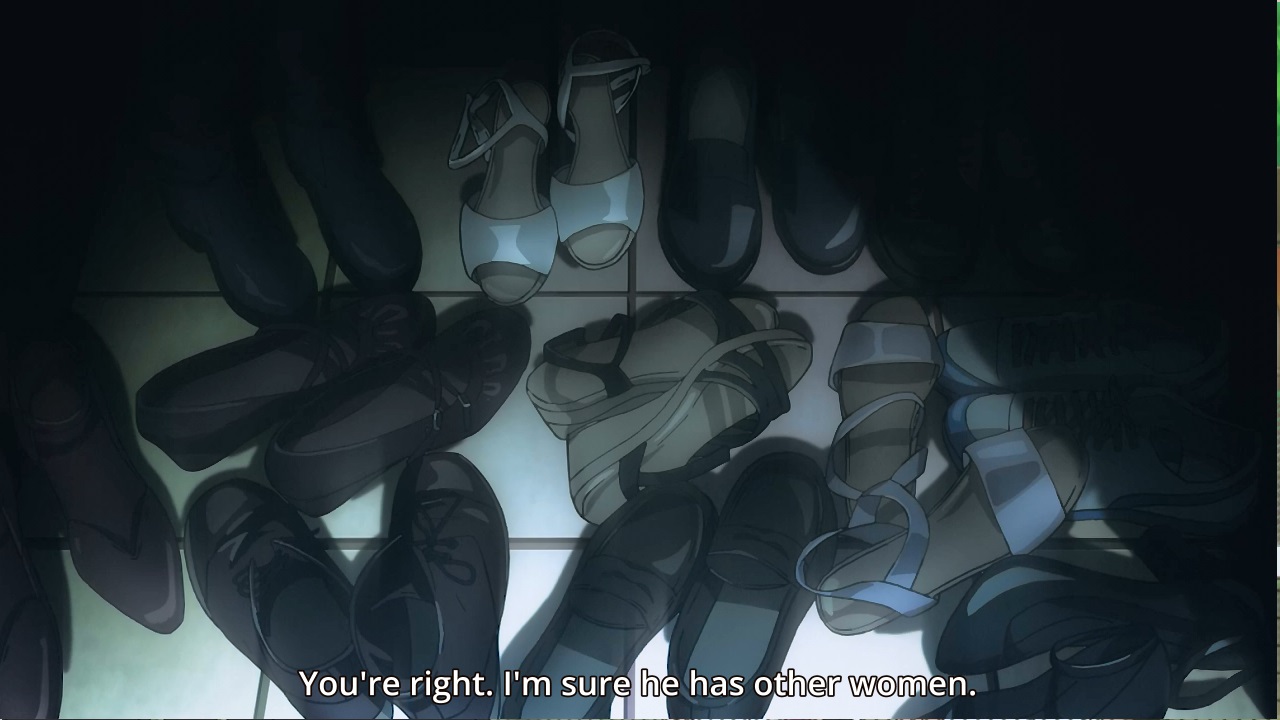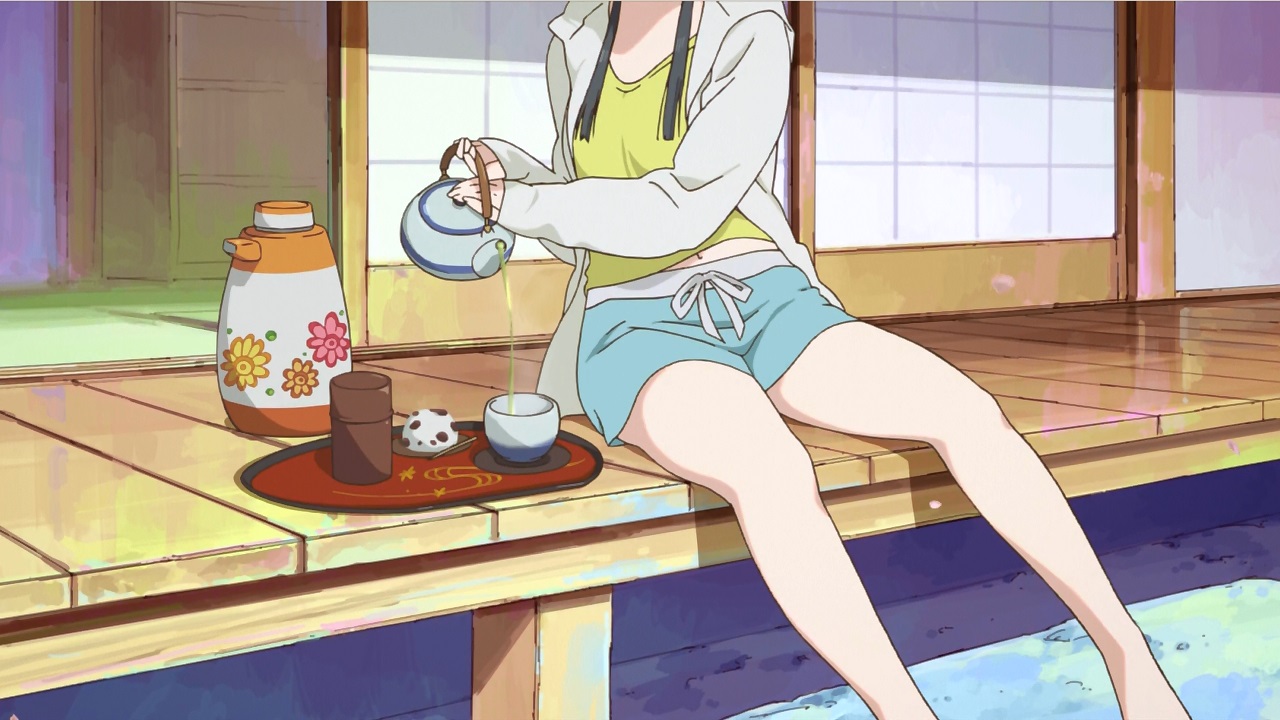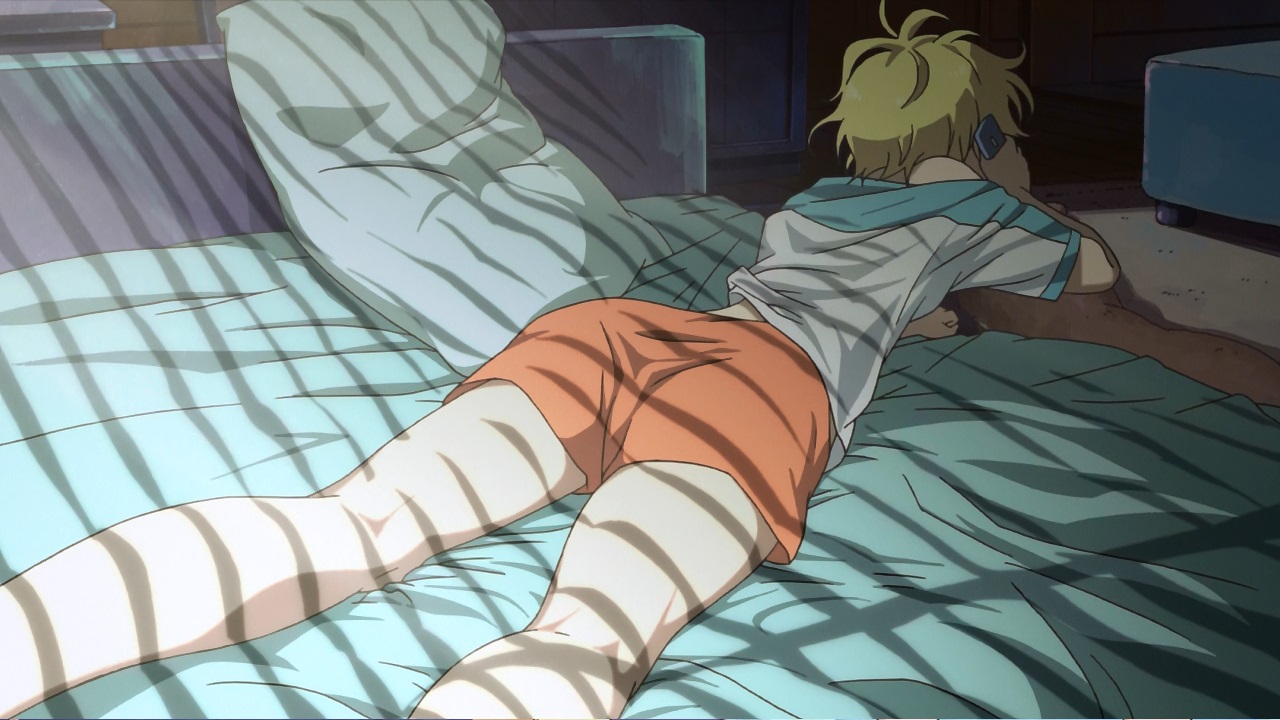We got three new anime police procedurals this season and one of them is even watchable. Hey, one out of three isn’t bad, though as Terry Pratchett would point out, that’s only 331/3 percent. Of the two not worth bothering with, Stand My Heroes: Piece of Truth is just another pretty boys game adaptation only this time they’re cops instead of cake bakers or whatever. It lost my interest about five minutes in, when we only had distinguishable only by hair colour talking heads and nothing interesting happening. The other, Keishichou Tokumubu Tokushu Kyouakuhan Taisakushitsu Dainanaka – Tokunana is some “fantasy races are still around in modern times” urban fantasy nonsense, with no impact whatsoever on the plot of the first episode. Instead we get a gung ho rookie cop getting involved with a bank robbery and taken hostage and again I lost interest about 2/3rds through the show. Too dull to continue.

Which leaves the third series, Babylon which released not just one, but three episodes already and which managed to keep my attention throughout. It does share some of the flaws of the other two, in that the animation quality, character designs and backgrounds are servicable at best. It makes up for it with an actually interesting plot, characters I want to follow and a judicious use of music, especially towards the end of the first episode. What’s more, the second episode went for some neat visual trickery in how it told its story, making what was otherwise a lot of people talking to each other again a lot less boring. As any Shaft series can show you, even the most mundane conversations can be livened up by making the animation more interesting. So while most of the episode consisted of Zen interviewing a witness intercut with him talking with co-workers about the case, stylised flashbacks as well as shots like the above helped keep the viewer’s interest up.

Babylon starts with public prosecutor Seizaki Zen leading a bust of a pharmaceutical company suspected of having bribed some universities to provide overinflated claims for its medicines. This mostly entails sitting around reading dreary company documents for the first part of the episode. As often in this sort of story, an accidental discovery by his assistant alerts him to a bigger case, a more political case, involving an upcoming election. Things escalate quickly from there as Zen and his assistant use old fashioned police work to get to the bottom of the case, which unfortunately leads to tragedy. You can’t say Bsbylon doesn’t move quickly: by the end of episode three the villains are revealed, the stakes are made clear and Zen is well in over his head. All in all, it’s eminently bingeable.



